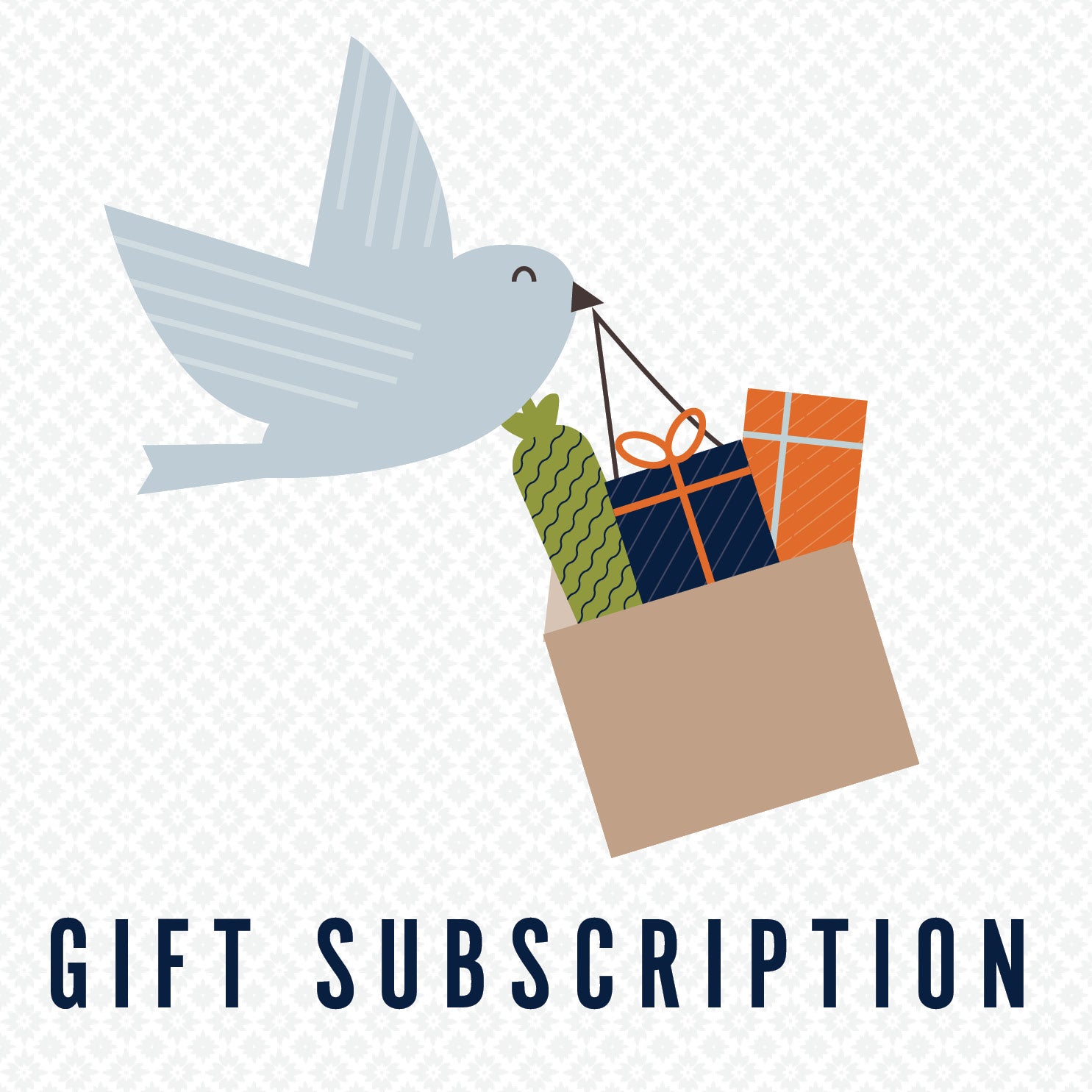Nesting season is one of the busiest and most exciting times for backyard birds.
They’re building nests, laying eggs, raising families—and they need all the help they can get. Here’s exactly what birds need this time of year, and how you can make a difference:
Safe Nesting Spots 🏡
Birds won’t raise their young just anywhere. They need clean, dry, and sheltered places away from predators and bad weather.
Here’s what to do:
✔️ Clean Out Birdhouses
Use a mild vinegar solution (1 part vinegar to 9 parts water) to scrub old houses. Let them dry fully before rehanging.
✔️ Inspect for Damage
Fix loose screws, patch cracks, and clear out clogged drainage holes. Make sure your birdhouses are ready to weather the season.
✔️ Right House for the Right Bird
Bluebirds need a 1.5" entrance hole; chickadees prefer about 1.25". A mismatched house can leave birds vulnerable to predators or bullying from bigger species.
✔️ Mount Them Safely
Place houses 5–10 feet high, in quieter areas of your yard.
Skip the cute decorative houses—they often look nice but don’t meet real nesting needs.
The Right Nesting Materials 🪶
Birds are incredible builders, but gathering safe materials is hard work.
Here’s what to offer:
✔️ Dried grass
✔️ Small twigs
✔️ Clean pet hair
✔️ Natural cotton fibers
What to avoid:
❌ Dryer lint (falls apart when wet)
❌ Yarn or string (can tangle and injure)
❌ Plastic threads
Tip: Place nesting materials in a clean hanging suet cage for easy access.
High-Energy Foods 🌻
Parent birds need serious fuel to keep up with nest-building, egg-laying, and feeding their young.
Best foods for nesting season:
✔️ Black-oil sunflower seeds
✔️ Suet packed with peanuts
✔️ Dried mealworms
✔️ Fresh fruits like orange halves or jelly
🌞 In warm weather, keep suet fresh by offering small crumbles instead of setting out a full cake. PRO TIP: Store suet in the freezer and break off what you need—this keeps it fresh and helps you offer just the right amount.
And don’t forget to clean your feeders regularly to help prevent the spread of disease. If you're ready for an upgrade, take a look at our eco-friendly, durable, and beautiful feeder options here.
Clean, Fresh Water 💧
Birds need water for drinking, bathing, and cooling off—especially in spring and summer.
Set up a shallow birdbath (1–2 inches deep) and:
✔️ Clean it weekly with a vinegar rinse
✔️ Refill often with fresh water
✔️ Add a dripper or small fountain if you can. Moving water is a huge draw!
A good birdbath can bring in species you might never see at a feeder.
Protecting Nests From Predators 🛡️
Nest predators like snakes, raccoons, and cats are real threats during breeding season.
Luckily, a few smart moves can help.
✔️ Add predator guards to poles.
✔️Place houses in open, visible areas where birds can easily spot predators approaching. Avoid tucking nest boxes deep into heavy brush, where snakes, raccoons, or cats can sneak up unnoticed. A clear line of sight helps birds feel safer—and gives parents a better chance to defend their young.
✔️ Keep cats indoors or supervise them closely—outdoor cats kill an estimated 2.4 billion birds in the U.S. each year. Even the sweetest house cat has strong hunting instincts.
The safer the space, the better chance baby birds have to thrive.
What To Do If You Find a Baby Bird 🐥
Not all baby birds you see on the ground need rescuing. Here’s the rule to remember: "If it’s feathered, leave it be; if it’s bare, help with care."
✔️ Feathered and hopping around? That’s a fledgling learning to fly. Parents are nearby. Watch, but don’t interfere.
✔️ Bare or lightly feathered? That’s a nestling. If you can find the nest nearby, gently return it. If not, or if the bird is injured, call a licensed wildlife rehabilitator.
Most young birds are better off staying with their parents, even if they seem vulnerable.
Why It Matters
Helping during nesting season means more than just watching cute little ones hatch. You’re helping protect the next generation of songbirds—at a time when many species are struggling.
A little prep work now means more bluebirds, wrens, chickadees, and finches in your backyard (and across your community) all year long.
That’s why we design every HappySeed Box with real nesting season needs in mind—high-protein ingredients, fresh seed, and blends customized for the birds in your zip code.
Start Your HappySeed Box Here!
Because helping birds should feel joyful, not complicated. 🌸🐦


